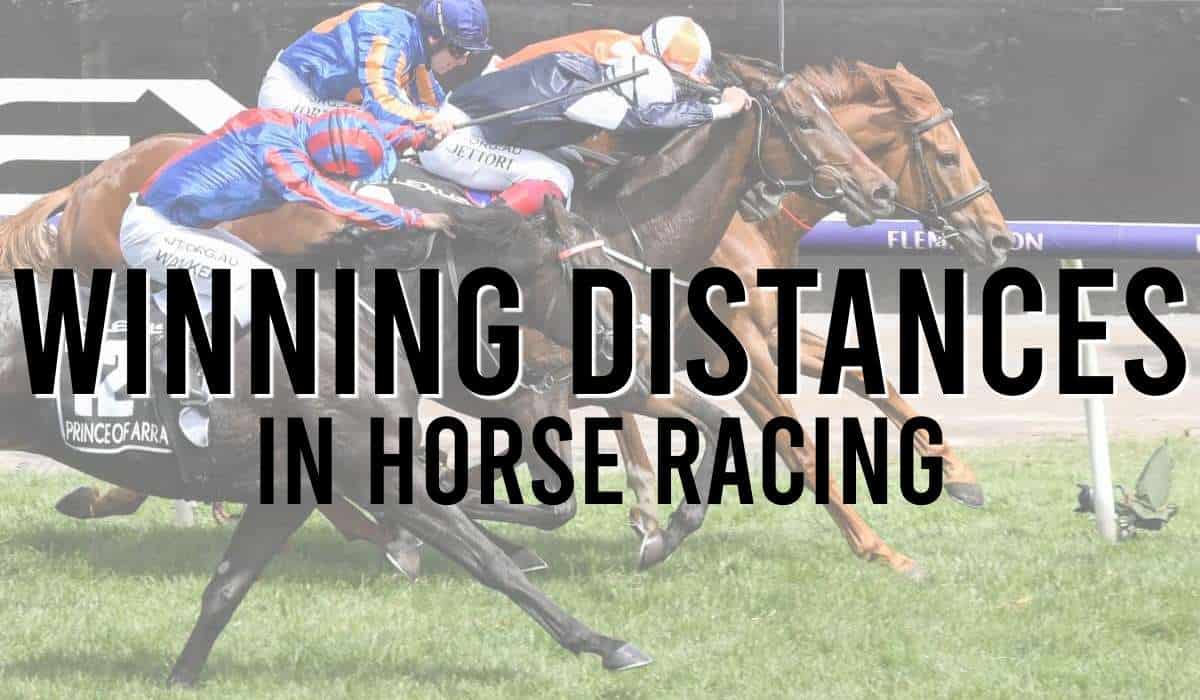This is a difficult question and one that many punters will debate and have different points of view on in UK betting shops, at home and in pubs up and down the country.
The truth is there are numerous positions and tactics used in horse racing events and the best position in a race is dependent on a number of variables including the racecourse, the distance, the race conditions and the horses’ temperant.
In this guide, we look at the different positions identified in horse racing and answer lots of questions about positional tactics and the ways a race can unfold.
Find out more about what is the best position in horse racing?:
Contents
- 1 What is a Position in a Horse Race?
- 2 What Are The Positions in a Horse Race?
- 3 What Makes the Best Position In Horse Racing?
- 4 Is The Draw or Start Important in a Horse Race?
- 5 What is the Best Position in a Jumps Race?
- 6 What is the Best Position in a Flat Race?
- 7 What is the Best Position With a Fast Pace?
- 8 What is the Best Position With A Slow Pace?
- 9 Summary of What is the Best Position in Horse Racing
- 10 Related Racing Articles
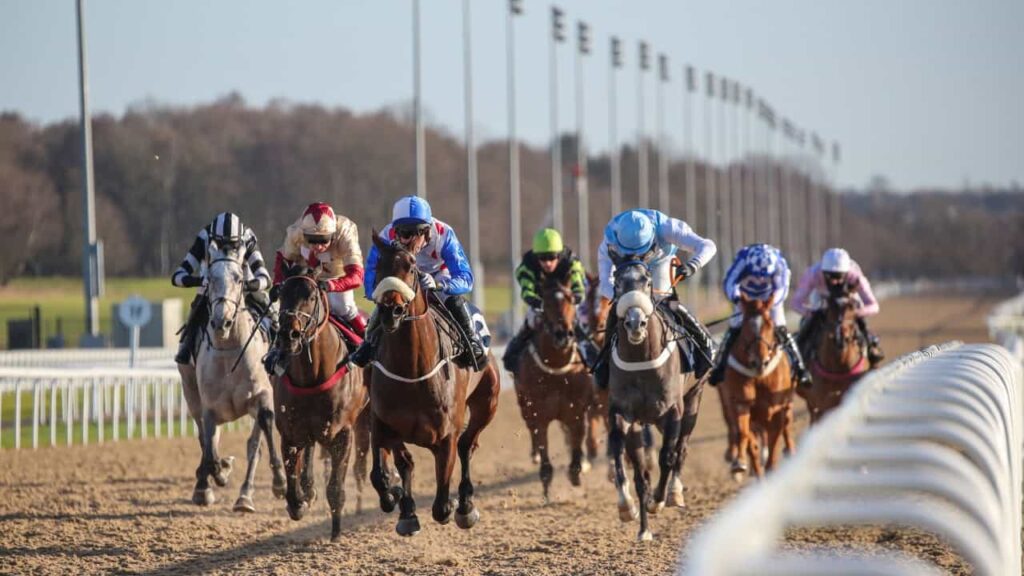
What is a Position in a Horse Race?
A position in a horse race is basically where the horse and jockey are, in a race, at a given time.
As in any race, there is always a starting position where all the runners will line up (the starting line or stalls) and a finishing line (or finishing post), where the aim is to be the first past it and therefore the winner of the event.
However, the tactics and positions used in racing can be varied in trying to get to this victory.
What Are The Positions in a Horse Race?
As mentioned, a position in a horse race is where a horse and jockey are at any one time, they are typically identified as the below:
The Front Runner
This is the foremost runner and the one at the front of the pack. In horse racing, they will typically try and make “every post a winning post”, meaning they will try not to lose this position all the way through the race.
There are many benefits to front running, you can basically stay clear of the other runners and avoid traffic problems, get a clear sight of any jumps in a national hunt race (and avoid fallers) and can control the pace of the race to suit you.
Front-running, however, can be tricky as a jockey will need to judge the pace of the race perfectly so that their horse does not use too much energy early in the race and then tire in the closing stages.
Front running is tricky, as I need to get the pace right; too slow and the other horses can quicken by me, too fast and I could tire. However, if I set my own fractions and control the race, sometimes the other horses just won’t catch me. A tough front runner can be hard to peg back.
Famous front running performances have included Desert Orchid (King George Chase), Double Trigger (Ascot Gold Cup), Make a Stand (Champion Hurdle), Dubai Millenium (Dubai World Cup) and Frankel with the most devastating front-running performance in history when winning the 2000 Guineas at Newmarket Racecourse.
Front Rank Position
Being in the front rank is one of the most popular positions in horse racing and means that the horse is in the first third of the field. This means that a jockey can keep an eye on the front runner and means that they won’t allow them to get too far ahead and “steal” the race.
Sitting front rank allows a jockey to get a good sense of the pace – whether it is too fast or too slow – and this means a jockey can quickly adapt if they would prefer a faster pace.
Being near the front of the pack also means that the majority of runners are behind, this typically means that traffic problems and the chances of being blocked is reduced.
A horse who is racing in the front rank will often attempt to win the race a few furlongs (or jumps) from the finish. They will try to pass the front runner before the other horses in behind have a chance to hit full speed and close.
There are not many negatives to being in the front rank, it is a safe and confident position to be in and you will see many favourites sat here.
I like to sit front rank in a race, it means I can keep an eye on the front runner and also means that the majority of other horses are behind me. I try to time my challenge to pass the front runner before those behind me have had chance to reach full speed and pass me. It is a great tactical position to be in.
Famous front rank performances have included Denman (Hennesy Gold Cup), Big Bucks (World Hurdle), Altoir (Champion Chase), Kauto Star (Cheltenham Gold Cup) and the brilliant Enable (The Arc).
Midfield Position
This is as it sounds – a midfield position is sitting in the middle of the pack. Again this is a popular position as it allows a horse to “get cover” and racehorses often relax and settle more in this position.
One of the benefits of being in midfield is that a horse can be shielded and conserve energy – in the same way that a cyclist may slipstream another rider. This can be even more beneficial when there are strong winds and rain.
A negative of being in the middle of the field is that you are often going to need a degree of luck in running when making your challenge to win as you’ll be surrounded by lots of other horses. Some horses may be “coming backwards” (those tiring in front of you), horses may fall in front of you in a jumps races and horses from further behind will be trying to make up ground on the outside.
I like to be in a midfield position as I can relax in a race and conserve energy. It can however, sometimes get tricky and cramped with horses in front of me tiring or others from behind taking over. If I can get some luck in running and the “splits” come, I can finish with a strong sustained effort – passing the front rank and front runners, whilst also holding off the fast finishers.
Famous racing performances from horses who typically sat midfield include Istabraaq (Champion Hurdle), Sprinter Sacre (Champion Chase), Master Oats (Cheltenham Gold Cup) and Stradivarius (Goodwood Cup at the Goodwood Festival).
Dropped Out or Held Up
Being “dropped out” or “held up” basically have the same meaning – typically sitting about two-thirds of the way down the pack.
This horse racing position shares many of the benefits of being in midfield, as you are slip-streaming the majority of horses and saving ground and energy. It also means that the jockey can evaluate a race and see how the other horses are travelling and any tactical moves being made ahead of them.
When horses that are dropped out start to make their challenge and pass other horses, a horse gains in confidence. Those coming from this position tend to be fast finishers and close on the winning post at high speed.
A negative of this tactic is it depends on getting the “lucky breaks” and avoiding tiring runners in front of you. Also, on “tight tracks” – those with sharp bends and short home stretches, such as Lingfield racecourse and Chester racecourse – these horses can struggle to reach maximum speed.
I like being held-up as I can see the race unfolding in front of me and see the majority of the other runners and what they are doing. This style of running takes some guts – in fairness the first half of the race tends to be easy, as I’m chilled out and lobbing along, but after half way I need to start working hard and use speed and stamina to close and make sure I hit the finishing line hard.
Brilliant hold up performances have included Bosra Sham (Prince of Wales Stakes at Royal Ascot), Camelot and Lammtarra, (Epsom Derby), Wichita Lineman (Cheltenham Festival – Ultima Handicap) and Rough Quest and Red Rum (The Grand National)
In Rear
This basically means being at the back. Winning from this position requires both a talented horse and a jockey with excellent judgement and timing.
Being at the rear has the benefits of being midfield and held up, with the horse able to cut all corners on the bends and sit in the slipstream of the pack.
The horse at the back will normally try to finish the fastest and latest of all the runners – when the other horses have “played their cards” and made their moves. Having conserved, energy, stream-lined and cut corners this horse will normally be finishing wide and fast, trying to pass all the other horses in a short space of time.
It does however come with risks; having to pass and navigate through other horses both tiring or trying to challenge, can be difficult. You can get blocked in running or forced wide on a final bend. However, the timing of the run is perhaps the most difficult part.
That said if all the elements fall right, being this last challenger can reap rewards and victory can be grabbed on the line.
Being in the rear can be tough overall but I like the challenge. It can be easier for the most of the race as I go the shortest ways on the bends and can see what all my main rivals are doing. Coming from this position takes a calm jockey as we would normally have to squeeze through gaps and avoid other horses. If these things go well however, I can pack a very strong finish, just as the other horses think the race is over and grab the win.
Famous victories from horses coming from the rear include Arrogate (Dubai World Cup), Dancing Brave (Arc) and Sole Power (The Nunthorpe as part of the Ebor Festival)
What Makes the Best Position In Horse Racing?
The best position in horse racing depends on the conditions of the individual race.
The factors a jockey will think about when deciding what position to take in a race are the below:
- Horse’s temperate – all horses are different, they have different personalities and quirks and some like (or need) to be ridden in certain ways. With this in mind, it is often best not to fight a horses natural temperant but to try and work with it. For example, Desert Orchid was known as a brilliant front-running grey, with the horse’s natural exuberant jumping and forward running style making him a natural front-runner, pulling him back would have caused him to pull and negated his great jumping. For this reason, in many races he was a front runner.
- Horses’ ability – as well as the temperate you need to play to the horses’ physical strengths. For example, if a horse has good stamina but is running over a trip shorter than an ideal, a jockey would tend to sit front rank, this is so they can make sure there is a good pace being set. If the front runners were going too slow it means the horse with stamina would struggle to show this attribute at the end of the race. For this reason, ‘The Tank’ Denman would always sit fairly close to the pace in his races so he could insure his stamina would be bought into play and the pace would always be good.
- The course – each UK racecourse or Irish racecourse is different, unlike American or Australian racing where the tracks are more generic the courses over here are more idiosyncratic with numerous turns, hills, dips, climbs and challenges. When riding a horse at Cheltenham racecourse or Newmarket the final run-ins are steep and uphill so a jockey will need to have saved some of his horses’ energy. With tight turning tracks normally front runners and front rank horses do better, (such as Cartmel racecourse and Kempton racecourse), as horses coming from behind can get forced wide on bends and have shorter run-ins.
- The ground – the ground conditions – good, soft, firm, heavy or all-weather (aw) will affect how a horse is ridden, some horses really don’t like the kick-back from aw surfaces and mud.
- Competitors – who else is in the race? The jockey, trainer and owners would have looked at the other runners in the race to figure out what they are going to do. For example, if there were 5 confirmed front-runners in a race, you would imagine the pace would be strong and be happy to sit back in mid-field and try and pick up the pieces. However, if there was no pace in the race you may decide to go forward and front-run.
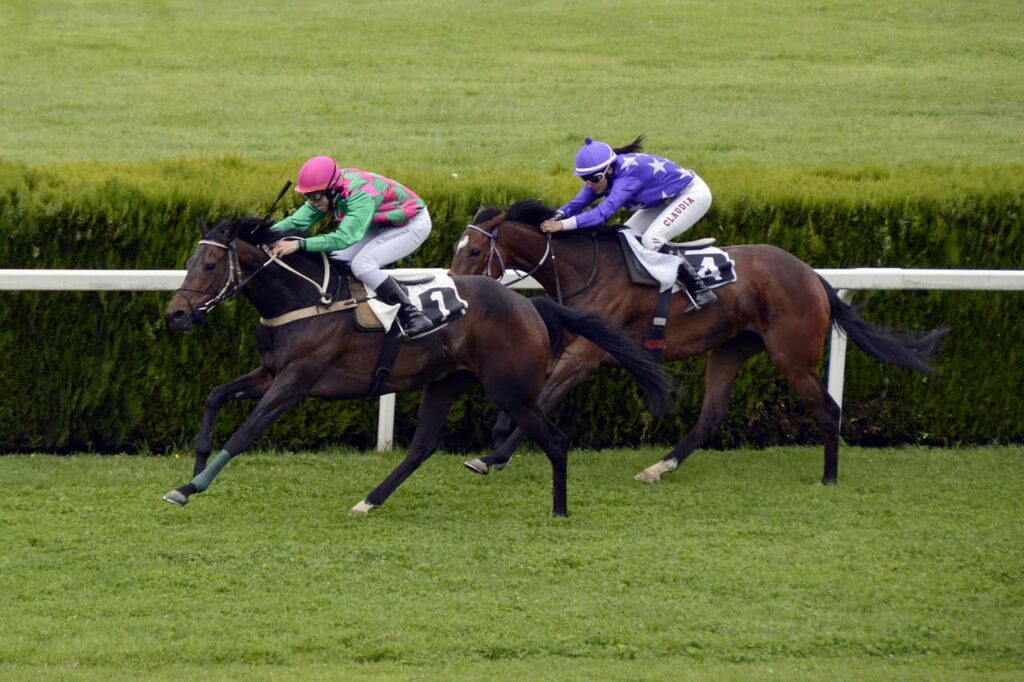
Is The Draw or Start Important in a Horse Race?
The draw is very important in a horse race.
With flat racing, runners will start from “starting stalls” (in US racing they are called “starting gates”). These are numbered and a runner is given a balloted stall at random, so it is a fair and even process.
In UK races there is “draw bias” at many courses and this will vary from course to course. For example, if you are drawn out wide and it is only a short run to a bend that would be a disadvantage as it means you likely be stuck wide and have to cover more ground. On the flip-side, if you are drawn low, it is an advantage as you can cover less ground. Even on straight courses draws can have a basis, as the ground conditions may be different in different parts of the track.
With jump racing (national hunt), there are no stalls so jockeys can slot into positions more easily. A starter will raise a flag releasing a small tape and the race will start. Most jockeys will start on an even keel and then slot into their desired racing position.
There have been times when some horses have given too much “free ground” to runners at the start of these races which tends to draw criticism from experts and punters. There is an old saying “you can give away weight but not ground”, this is an opinion shared by top jockeys such as Ruby Walsh and Richard Dunwoody, who believe all jumps horses should jump off close together rather than forfeit a starting advantage and then slot into their racing positions.
What is the Best Position in a Jumps Race?
As mentioned above it depends on variables such as the course, the ground and of course the horse.
That said, in most Championship races, the majority of favoured runners would sit front-rank to midfield. Any further forward than that and they fear setting the race up for someone else, any further back can require luck in running.
One key thing to note in jumps racing is that the horses obviously have to jump hurdles or fences. Although to a greater extent a jockey can control this on their own horse, they can’t control the other horses, so it is best not to be too close to other horses that may fall.
It is also important to try and get some day-light so your horse can see the jumps clearly, all the top jockeys are aware of this and they tend to:
- Avoid tracking poor jumpers
- Make sure their horse gets a clear view of the jumps so they can jump well
- Be wary of “loose horses” (where the jockey has fallen off), as these can get in the way
- Try not to get too far back in a race and depend too much on luck
What is the Best Position in a Flat Race?
Again this depends on the variables mentioned above and flat races can be widely different – as races are run from 5 furlongs to 2 and a half miles. Experts would tend to consider the following as important:
- Making good use of a good draw – if a jockey has a good draw they will seek to take advantage of it. Even if they have a horse that likes to come from midfield or held-up, many will jump out on terms and “take a pull”. Those horses that want to be front rank or front runners will need to burn energy to get past and into their position, whilst the jockey from the good draw can simply ease their horse into the position they want.
- Settle the horse – often flat horses are full of energy at the start of the race and their instinct is to run fast, trying to get them to settle into a rhythm is important to save energy.
- Taking decisive action – flat racing happens at incredible speed and often decisive action, particularly towards the end of the race is key; if a gap comes, often jockeys will take it as it may not come again later.
- Don’t panic – positions can change quickly in a flat race and the top jockeys never panic. Sometimes a jockey has a plan but it has to change immediately depending on what is happening – such as getting boxed in or the race not unfolding as wanted.
What is the Best Position With a Fast Pace?
Generally, whether it is a flat or jumps race, if the pace of a race is fast it is thought that being mid-field, held-up or towards the rear is best.
This is because it is incredibly difficult for front-rank horses to maintain a fast pace throughout a race. If the horses in the lead are going too fast they will often tire, allowing the closers to take over in the closing stages.
What is the Best Position With A Slow Pace?
If the pace of a race is slow, it is considered best to be at the front.
This is because the race could turn into more of a sprint and this means gaps are less likely to come for the horses trying to close from behind, this means that they will be forced wide on the bend. With a slow pace, the front-runners will have saved energy and already be a few lengths clear when making a run for the line.
Summary of What is the Best Position in Horse Racing
We have explored the typical positions in a horse race and the main benefits and negatives of each of these, as well as looking at variables that a jockey has to consider in a race.
As you can see there is not a definite answer or one particular position that is better than another, it comes down to a series of factors.
Race riding is incredibly difficult and the top jockeys will adapt to changes in positions and tactics throughout a race.
Whilst there are lots of possible ways to ride a race, everyone’s aim is always the same – to be the first past the winning post – but the ways this can be achieved are varied and that is the reason that no two races are ever really the same!
If you are looking for a new betting site, check out our list of the top horse racing betting sites below, all these have great offers, live race streaming, a variety of payment options and more.
- Betting Slips

- Do Horses Enjoy Racing?
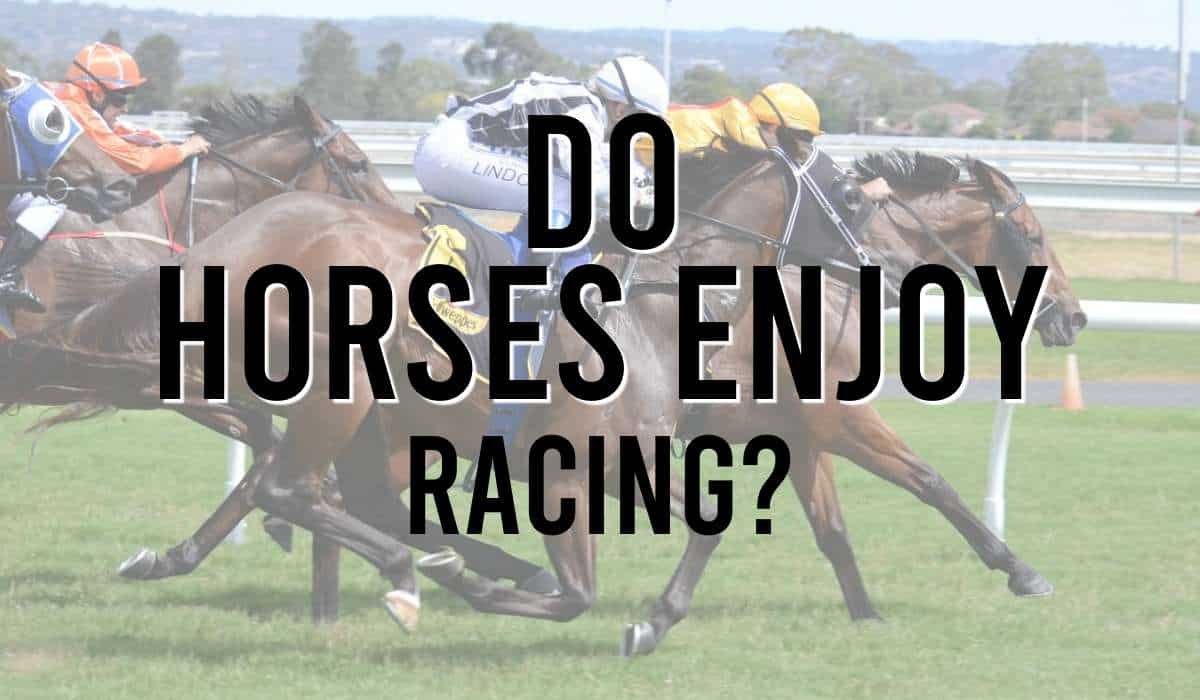
- Dresses For The Races
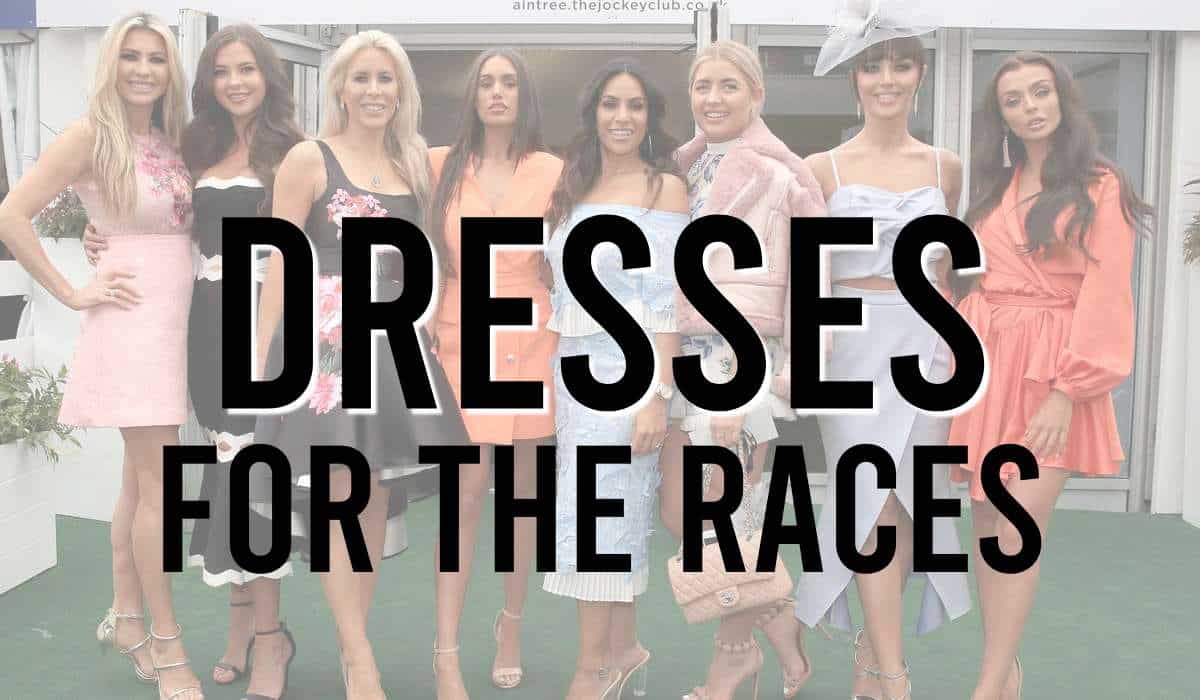
- Each Way Bet
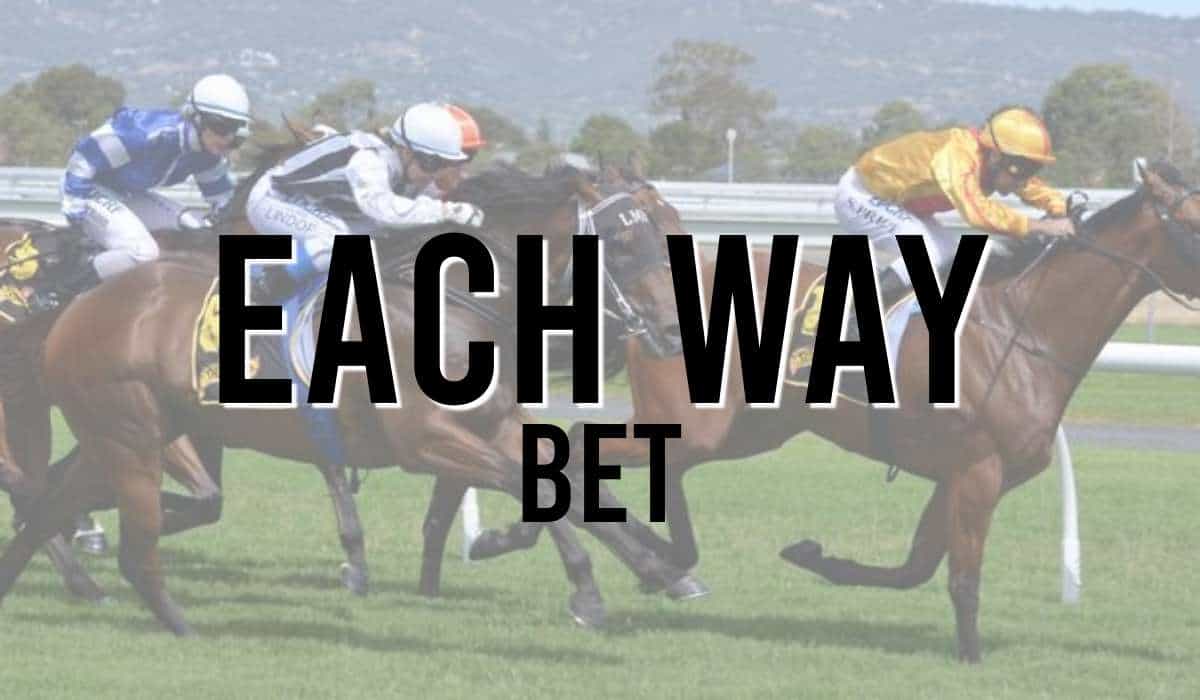
- False Starts in Horse Racing
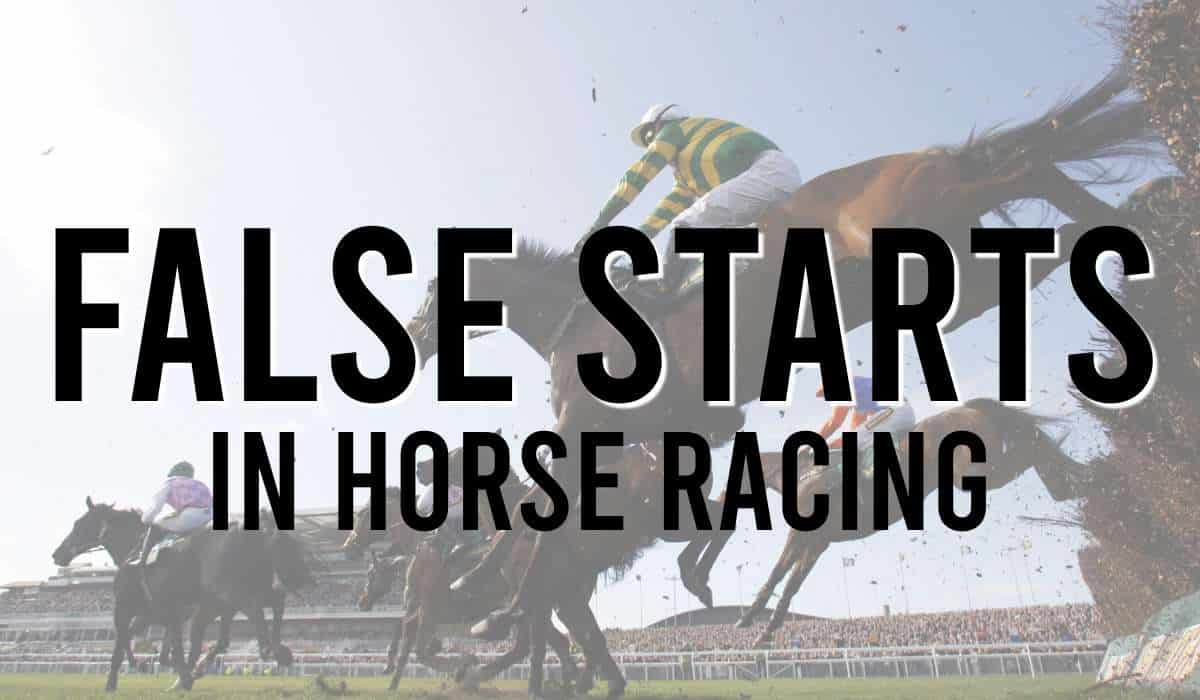
- German Horse Racing
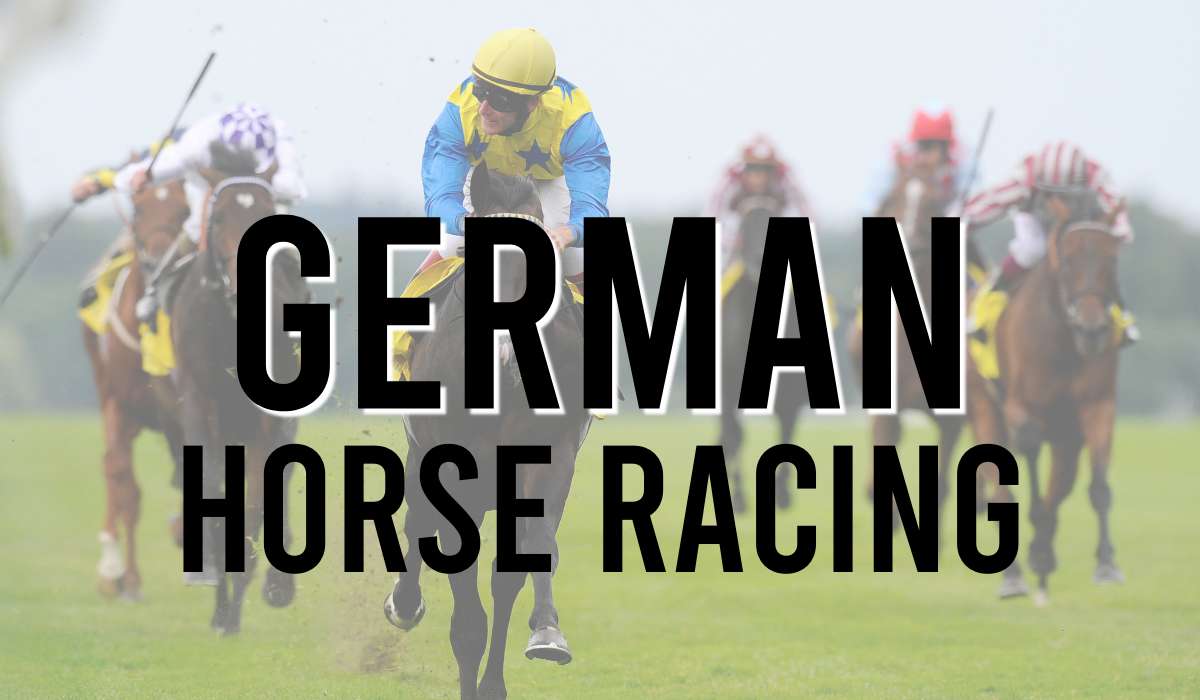
- Horse Racing Betting Terms
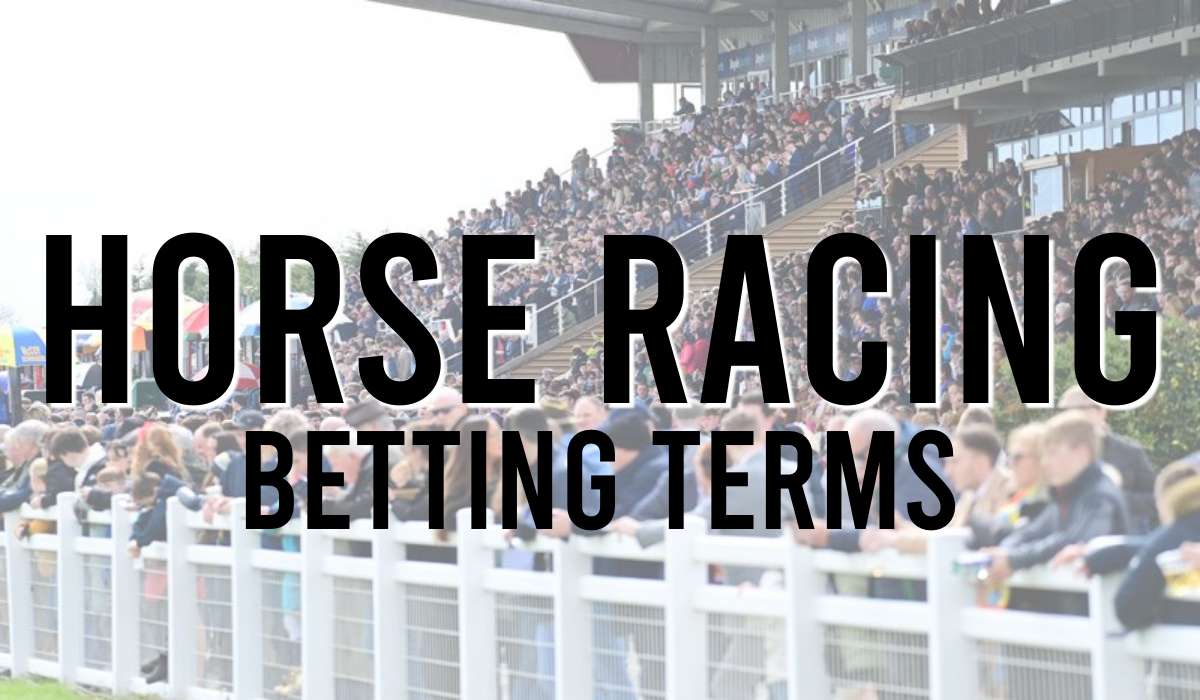
- Horse Racing Hurdles Guide
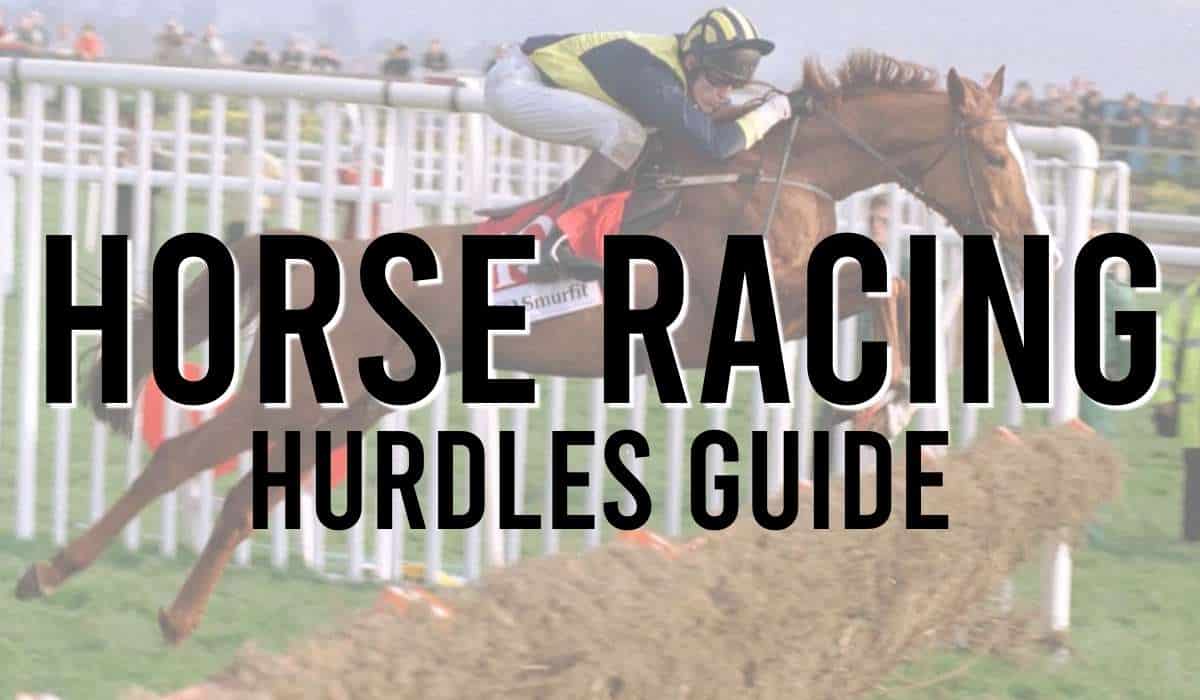
- Horse Racing Memes
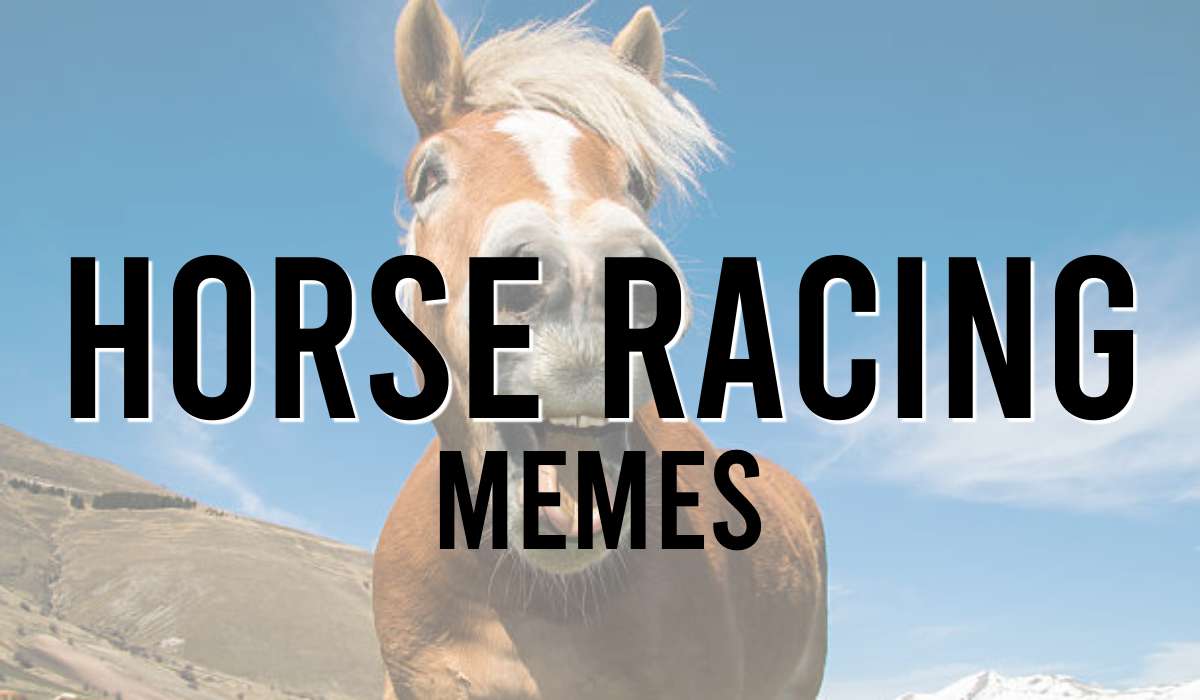
- Horse Racing Questions
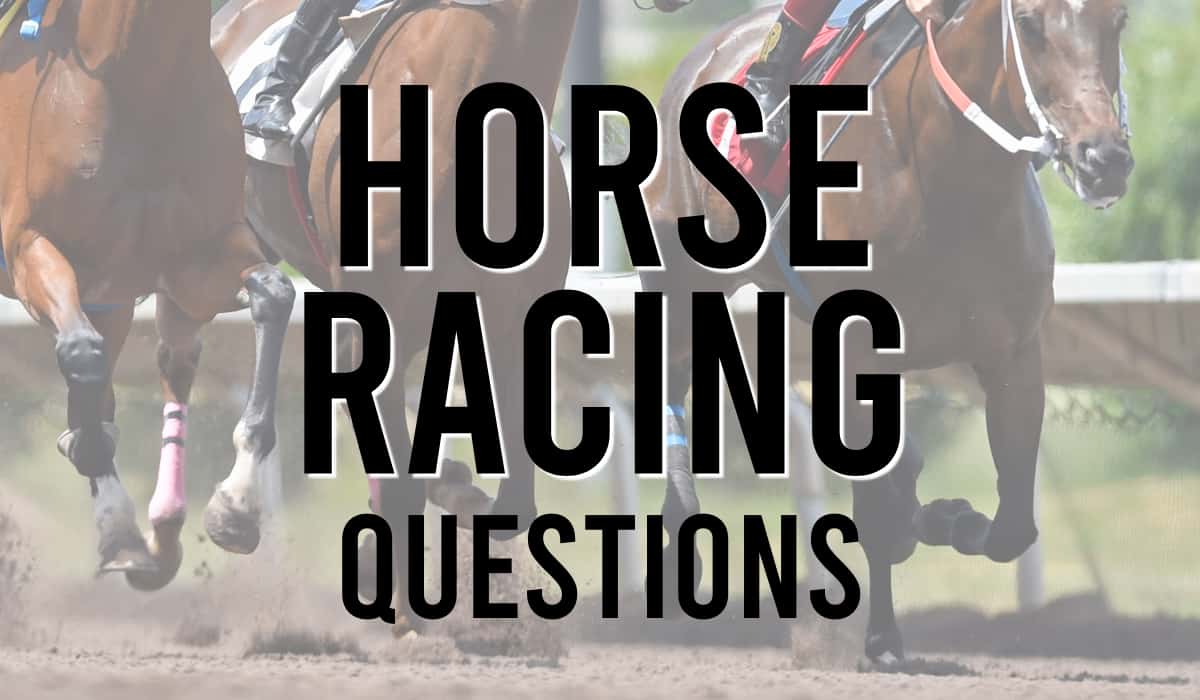
- How Long is a Horse Race?
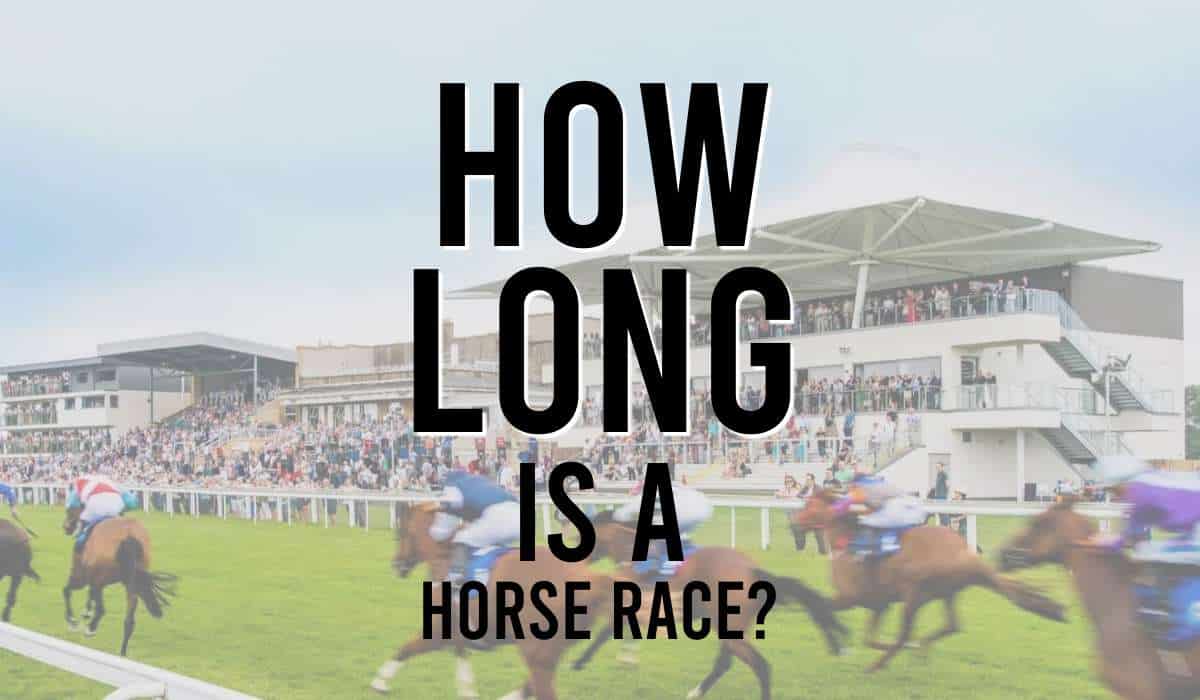
- How to Place a Bet

- Is Horse Racing Fixed?
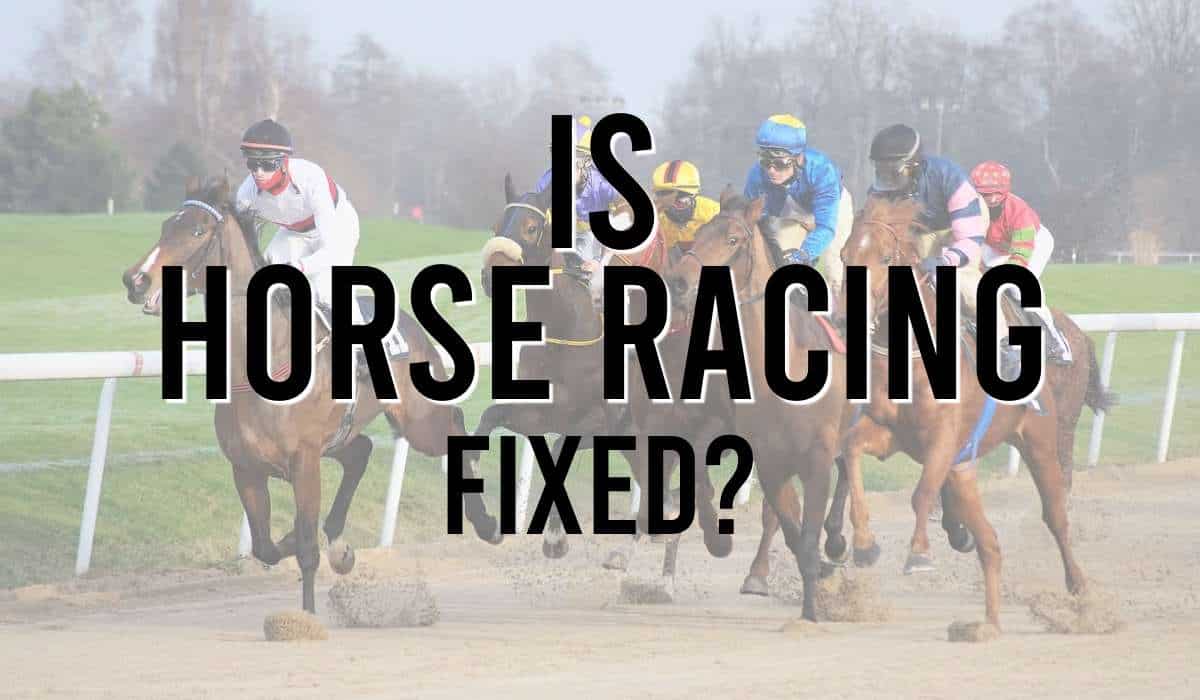
- Rule 4 Deductions
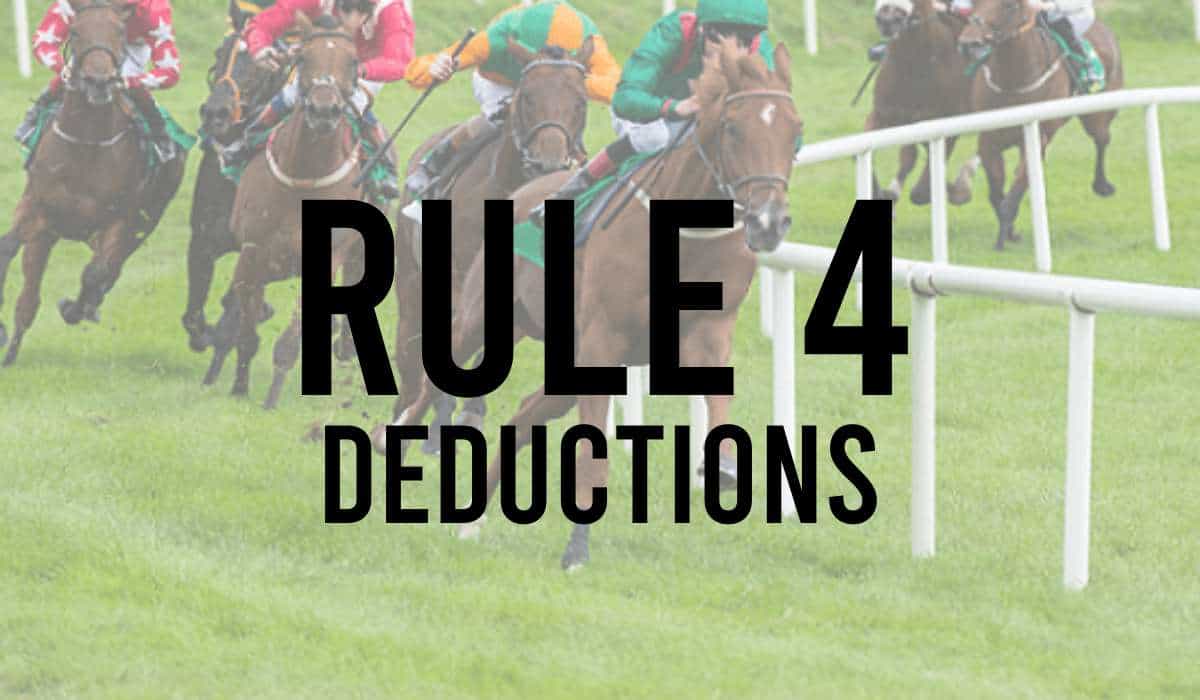
- SCR Horse Racing
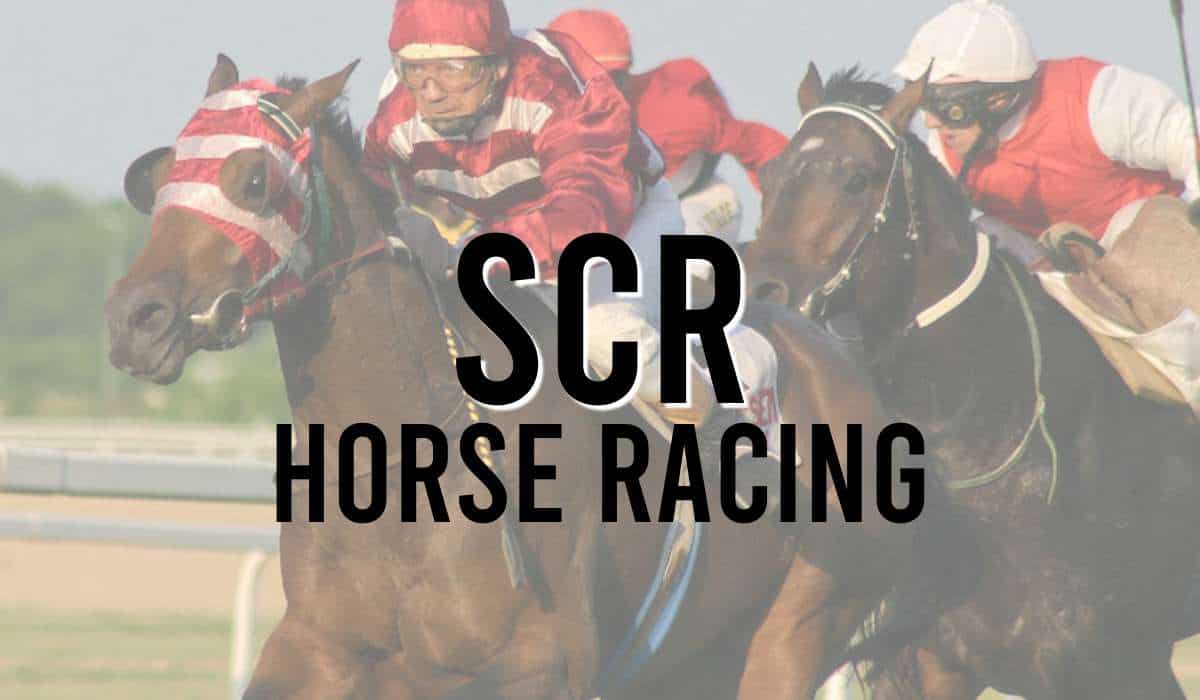
- Top Ten Racecourses in the United Kingdom
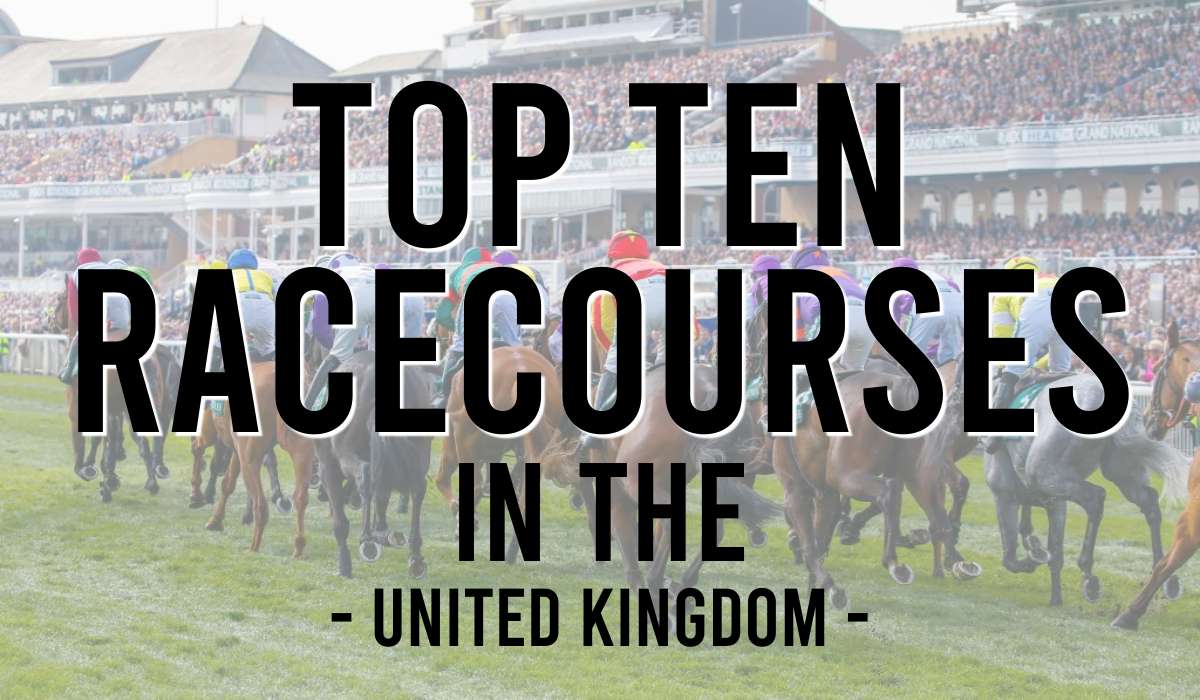
- Type of Horse Races
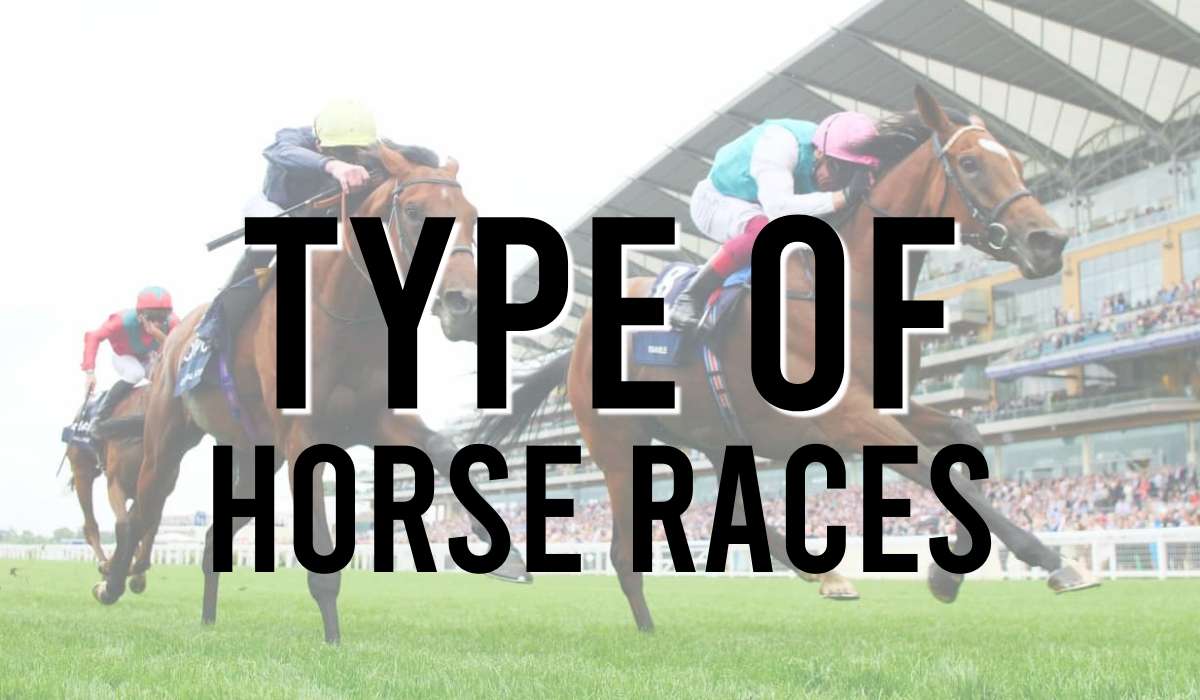
- What is a Handicap Horse Race?
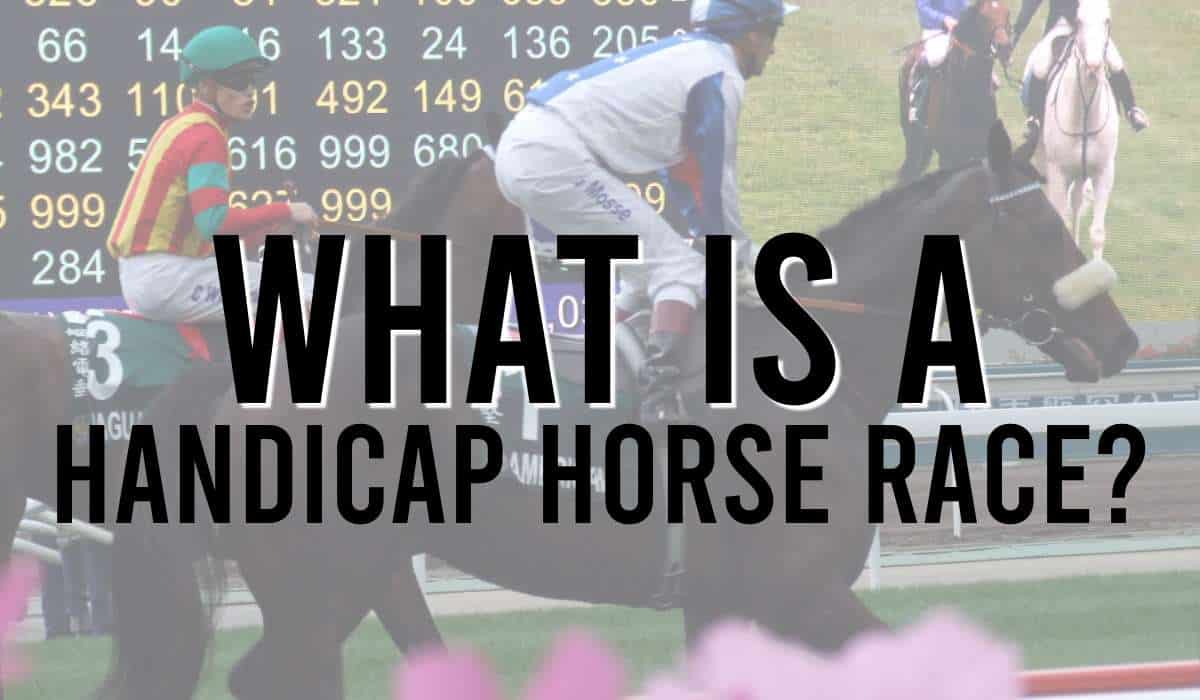
- What Is A Stewards Enquiry In Horse Racing?
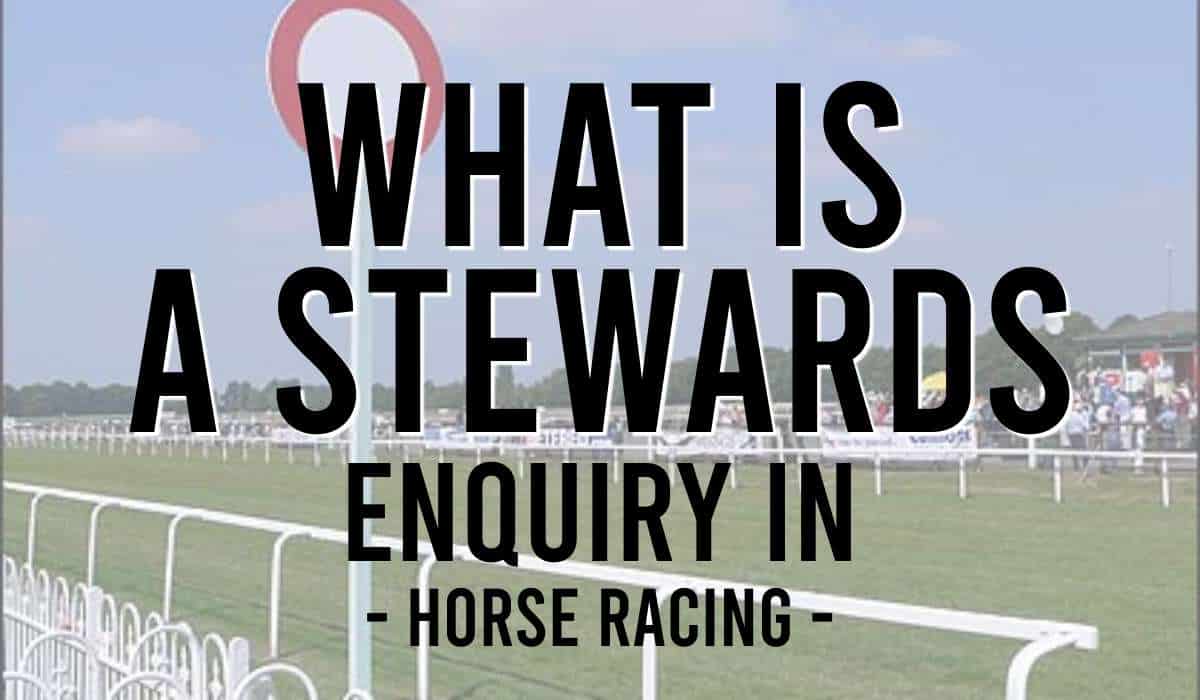
- What is the Best Post Position in Horse Racing?
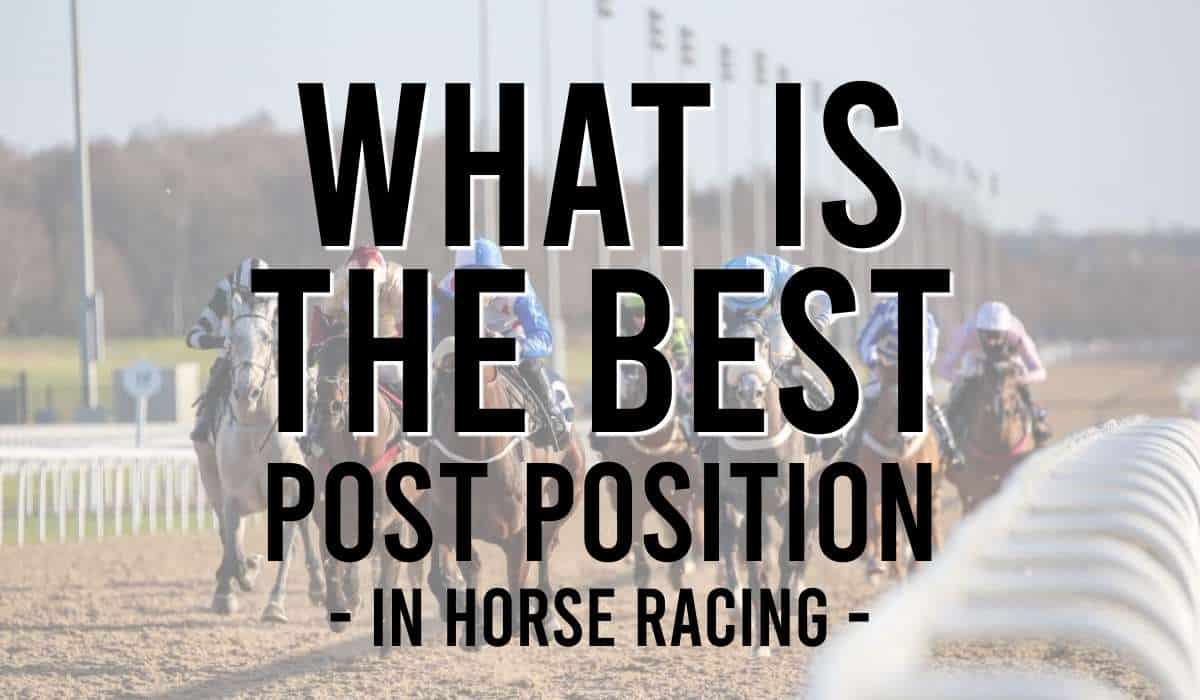
- What To Wear At The Races
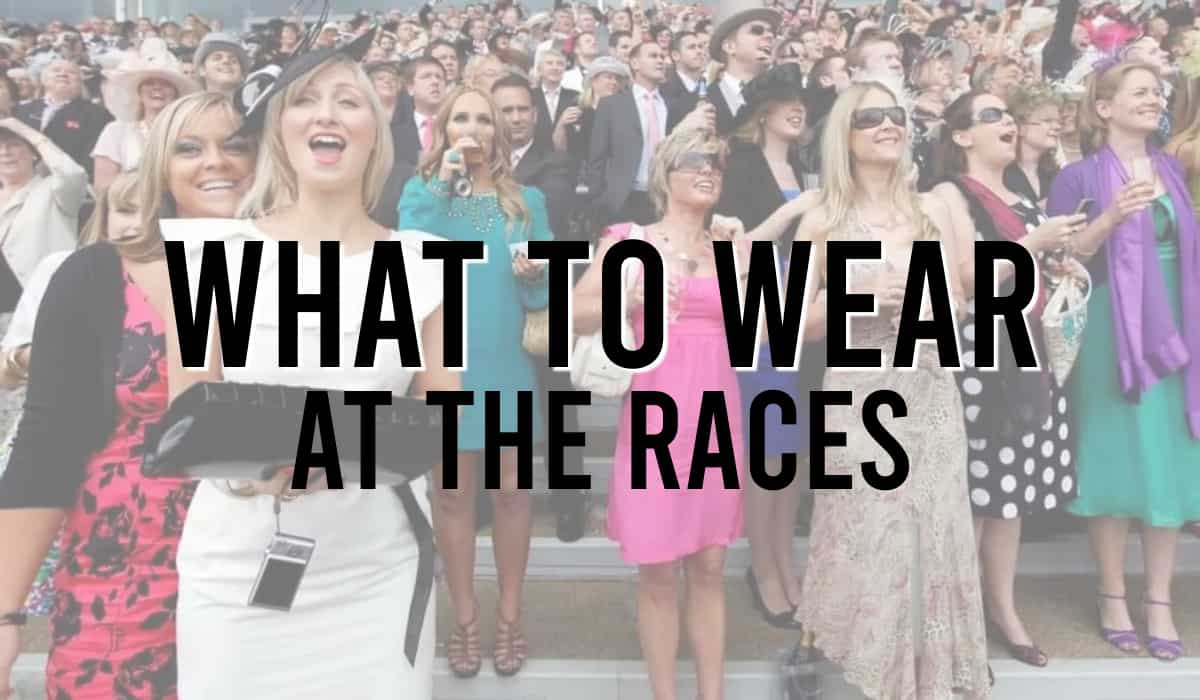
- Winning Distances In Horse Racing
